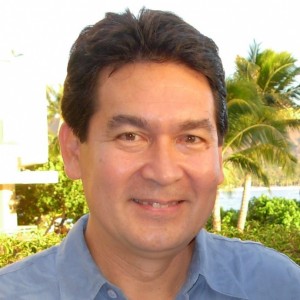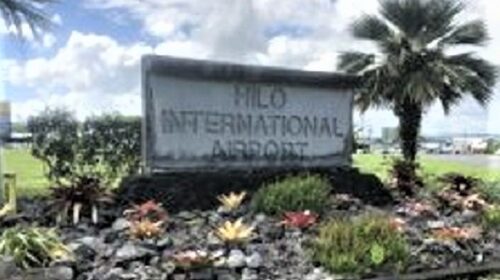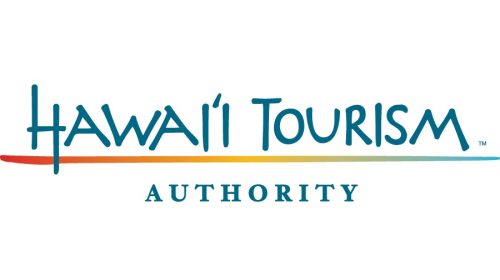Overtourism Hawaii: Economist Paul H. Brewbaker speaks out
The negative externalities–in economics, unintended, uncompensated costs of one economic activity on another–associated with excessive recreational and other natural resource uses (and perhaps arguably a consequence of tourism-induced host cultural dilution, about which I have nothing to say), including ocean recreational resources, inland trails and natural areas, and more abstractly the nexus between upland watershed, forest resources, and coastal and marine resources, alterations to one of which may affect the others, as well as with existing transportation infrastructure bandwidth, are not uniquely associated with tourism.
Congestion generally is an urban phenomenon, but congestion is not limited to urban areas as a visit to Haleakala’s summit at sunrise, or a hike up to Makapuu Lighthouse on any weekend will attest. The experience of U.S. national parks, few of which have been created within the last half century, against the economic historical backdrop of the last century, one with rising productivity, per capita incomes, leisure time, and preferences for luxury goods consumption such as travel and tourism, suggests that congestion is not just about demand but is also about supply.
Tourism should not be a scapegoat for garden-variety disrespect of our natural endowment by Google app-enabled Millennials whose idea of sustainability is banning plastic grocery bags while parking their pickup trucks helter-skelter over eroded mudfields into which they have turned trailhead environs.
It’s not clear to me that the Hawaii Tourism Authority should be given the responsibility of more efficient recreational natural resource management, not to mention transportation infrastructure management.
Indeed, I’m pretty sure the HTA should not be given this responsibility. It may have been a quaint ad hockery that led the old Hawaii Visitors Bureau, nee Hawaii Tourist Bureau until it became politically-incorrect in Hawaii to call them tourists, to post helpful signs identifying scenic spots and historical points of interest when Gidget was visiting the North Shore, shortly after statehood, but this is the twenty-first century.
I’m equally certain that the Hawaii Department of Land and Natural Resources should have most of the authority for resource management, and that it is incapable of exerting such authority as currently configured and endowed. Leave DOT to another day.
My observation in this emerging overtourism discussion has been that Google and Fakebook are already tracking your movements on your smartphones, offering bar charts to illustrate intensity of usage over daylight hours. Surely the DLNR could develop an app on which it sold reservations–forward contracts–for trail or ocean access at substantive, positive prices intended to recoup some of the costs of natural resource maintenance and management while tracking hikers’ or kayakers’ movements to insure compliance with their (our, We The People’s) terms of services agreement, and to modulate utilization by rationing entry. I mean, if there is congestion, it means that the price is too low, whether it is the price for hiking up to Manoa Falls, for getting rescued after falling off Manoa Falls, or driving across Waokananaka Street or through the H-1/H-2 merge during rush [sic] hours.
I mean, we have scanners, right? In Denver they scan you at 80 mph on the e-tollway and send you a monthly statement like a water bill, so don’t tell me about technology not being there yet. (They also have HOV lanes–Hawaiians On Vacation lanes–which my family also are delighted to use to bypass traffic congestion when we are tourists in, er, I mean, visitors to Colorado).
[There is more technical stuff about how internet and information technology and GPS and apps have deconstructed the asymmetric information barriers to entry which once prevented tourists from finding the secret spots, or prevented Town surfers from finding the secret spots, etc., liberating adventure-oriented tourists and rendering obsolete, or at least archaic, destination resorts built around golf courses and tennis courts, but as with AirBnB and Uber and Lyft, we are way, way past the point of discovery where somebody just figured out that technology has disrupted the old tourism, so let’s just move on and get right to the management solutions.]
The takeaway: recreational and other natural resource management issues in Hawaii extend beyond tourism’s economic footprint, are not a per se tourism problem, and require a generalized solution for residents and visitors alike, one for all users. Before you weep to me about the how poor people can’t afford to pay to go hiking on public trails, consider that they seem to own pick-up trucks which they use to get to the trails, so they are already paying to go hiking or stand-up paddling or whatever.
(This is the canonical “travel-cost method” of estimating the value of recreational resources, which casual observation of congestion would suggest are inefficiently priced in Hawaii.)
Paul H. Brewbaker, Ph.D., CBE is an Economist




